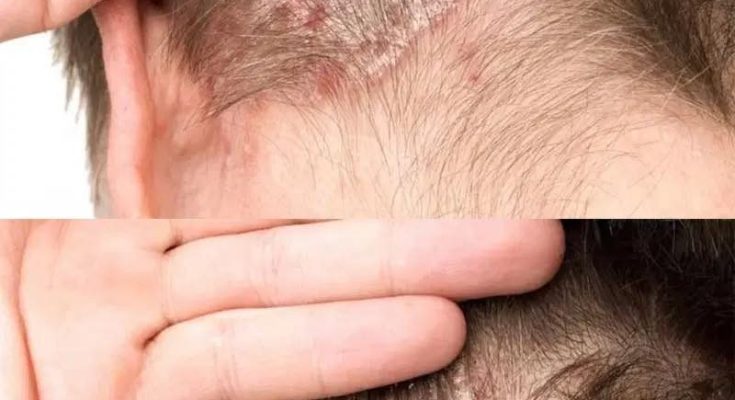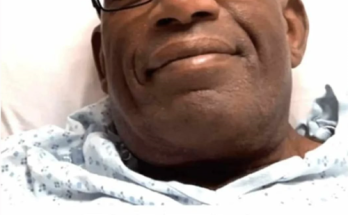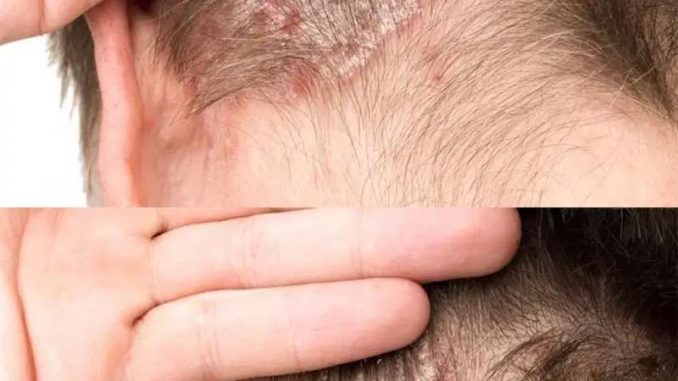
Discovering a bump on the scalp—especially on a child—can be concerning for any parent. The scalp is a sensitive area that reacts to many different internal and external factors, which means a bump can appear for several reasons. According to reputable medical sources such as the National Institutes of Health (NIH) and the American Academy of Dermatology (AAD), bumps on the scalp can develop due to inflammation, skin conditions, infections, or clogged hair follicles. Most causes are not serious, but identifying changes early and seeking medical advice when needed is important.
This guide provides general information about common reasons scalp bumps appear, what symptoms may accompany them, and why proper diagnosis from a healthcare professional is essential. While this article offers educational insights, it cannot determine what any specific bump represents. If someone develops a new, painful, rapidly growing, or persistent scalp bump—or if the individual is experiencing discomfort—seeking medical care from a qualified professional is the safest approach.
The Scalp Plays a Major Role in Overall Hair and Skin Health
The scalp often receives less attention than the hair itself, yet it directly influences hair quality, comfort, and skin health. Research supported by the NIH indicates that maintaining a balanced and healthy scalp can reduce irritation, dryness, and flakiness. When the scalp becomes irritated or inflamed, people may experience symptoms such as itching, flaking, sensitivity, or the appearance of bumps.
Bumps on the scalp may be discovered while brushing the hair, washing the head, or during routine grooming. In some cases, they are only noticed when someone else points them out. Although many bumps are harmless, understanding what can cause them helps individuals know when home care may be appropriate and when a medical evaluation is necessary.

Understanding How Scalp Conditions Develop
The scalp can react to various factors, including genetics, hygiene habits, environmental changes, and underlying skin conditions. The AAD notes that several common skin conditions share similar symptoms, which can make it difficult to determine the cause without a professional evaluation.
For example, flaking may result from dandruff, seborrheic dermatitis, or psoriasis—three conditions that appear similar but require different management approaches. Red or tender bumps may develop if a hair follicle becomes irritated or inflamed. Because many scalp conditions overlap in appearance, obtaining an accurate diagnosis is essential for choosing appropriate treatment.
Common Causes of Scalp Bumps
Several well-known scalp conditions can lead to bumps. The following are among the most frequently cited by dermatology sources:
Seborrheic Dermatitis
Seborrheic dermatitis is a common inflammatory skin condition that affects areas rich in oil glands, including the scalp. It often appears as flakes or patches that may be oily or dry. According to the NIH, this condition can cause mild redness and irritation. Although flakes may resemble dandruff, seborrheic dermatitis is typically more persistent.
Folliculitis
Folliculitis occurs when a hair follicle becomes irritated or infected, which may result in small, tender bumps. The AAD reports that folliculitis can develop due to bacteria, friction, or irritation from hair products. While mild folliculitis may improve on its own, more noticeable or persistent cases often require clinical evaluation.
Pilar Cysts
Pilar cysts are benign growths that commonly form on the scalp. They develop from hair follicles and are usually slow-growing. These cysts are generally not harmful, but they should be examined by a medical professional if they change in size, become painful, or interfere with daily activities.
Psoriasis
Psoriasis is a chronic inflammatory condition that can appear on the scalp, forming thicker patches and flaking. The AAD explains that scalp psoriasis may lead to scaling, dryness, and sensitivity. Although psoriasis cannot be fully cured, many treatments can help manage symptoms.
Allergic Reactions
Certain hair-care products—including shampoos, styling sprays, or dyes—can cause irritation or allergic responses, resulting in small bumps or redness. Patch testing performed by a dermatologist can help determine whether a particular ingredient is causing a reaction.
Because many of these conditions share overlapping features, a bump alone cannot indicate a specific condition without a professional evaluation.

Psoriasis Vulgaris: A Closer Look at a Common Scalp Condition
Psoriasis vulgaris is a widely recognized form of psoriasis. It occurs when the immune system accelerates the skin’s natural renewal process, causing thickened patches that may appear on the scalp, elbows, or other areas. External sources such as cold weather, certain illnesses, stress, or specific medications may contribute to flare-ups.
While psoriasis is a long-term condition, many individuals manage it successfully with guidance from healthcare providers. The key is understanding personal triggers and following a care plan tailored by a professional.
Safe and General Home Care Measures
For mild scalp irritation—not involving pain, rapid growth, fever, or spreading—some people find temporary comfort through gentle home practices recommended by dermatology resources. These approaches are not treatments for any specific medical condition but may support general scalp comfort:
-
Gentle moisturizers such as coconut oil or aloe vera may help reduce dryness.
-
Mild, fragrance-free shampoos can minimize irritation for sensitive skin.
-
Avoiding harsh styling products, tight hairstyles, or scratching can reduce additional irritation.
-
Sun protection for the scalp is recommended when outdoors, especially for individuals with thinning hair.
These general practices may temporarily soothe mild discomfort, but they are not a substitute for medical advice or professional diagnosis. When symptoms persist or worsen, a healthcare provider should evaluate the condition.
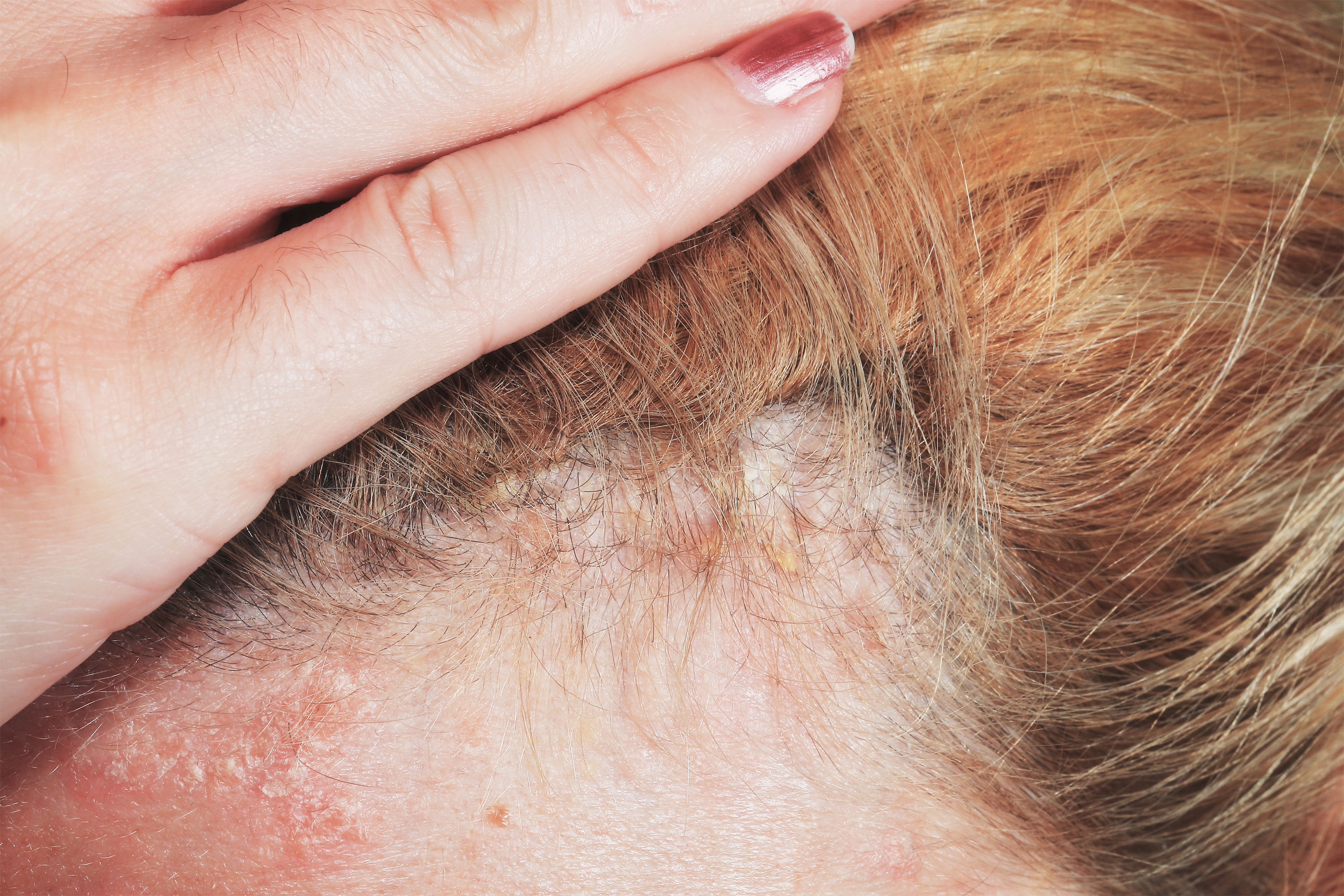
When to Seek Medical Care
The AAD recommends consulting a dermatologist or healthcare provider if:
-
A bump continues to grow or becomes painful
-
Redness spreads beyond the immediate area
-
There is drainage, swelling, or warmth
-
The individual develops fever or general discomfort
-
The bump does not improve after several days
-
The issue is occurring on a child and causing concern
Doctors can identify the cause through physical examination and, if needed, additional tests. Early evaluation helps ensure appropriate care and peace of mind.
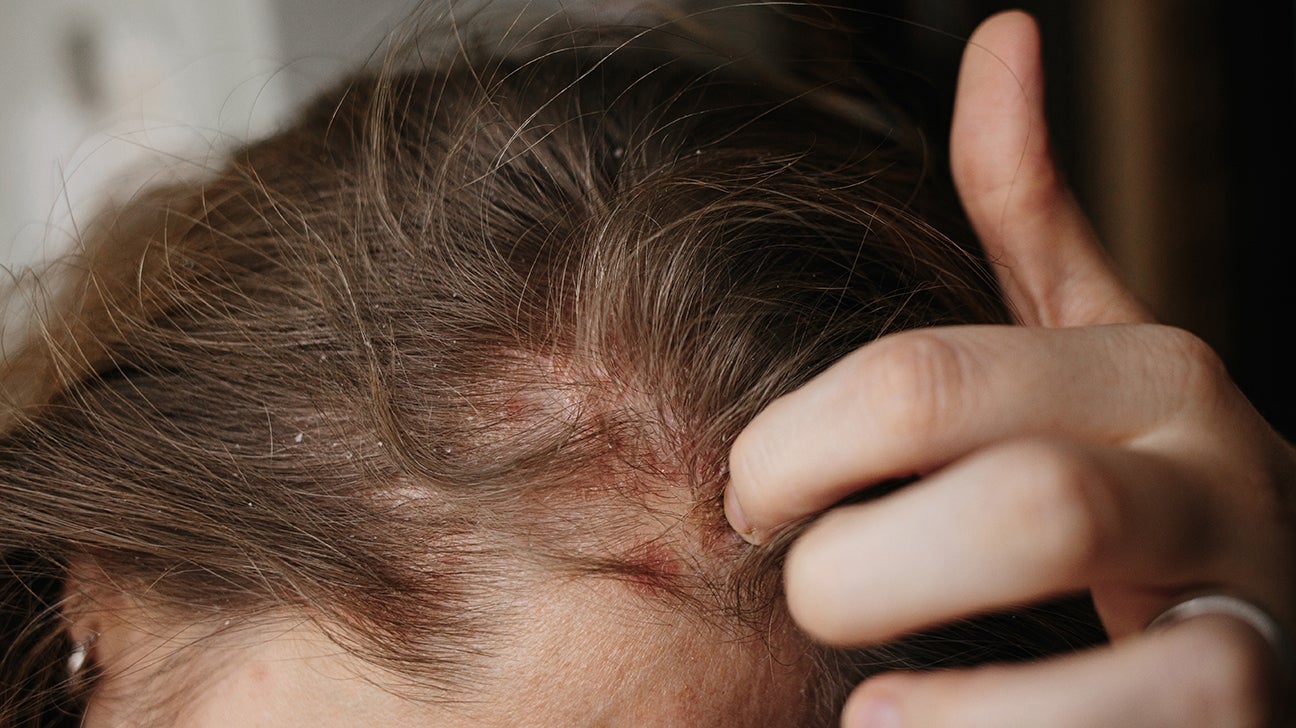
Conclusion
Bumps on the scalp can appear for many reasons, ranging from mild irritation to inflammatory skin conditions. Most causes are not serious, but professional evaluation is important—especially when symptoms persist or occur in children. Organizations such as the NIH and AAD stress that recognizing changes early and seeking medical guidance helps ensure proper care and reduces discomfort.
While general scalp care may provide temporary relief, only a medical professional can determine the specific cause of a scalp bump and recommend appropriate treatment. If you or someone in your family experiences a new or unexplained scalp condition, scheduling a consultation with a healthcare provider is the most reliable way to receive accurate information and care.
